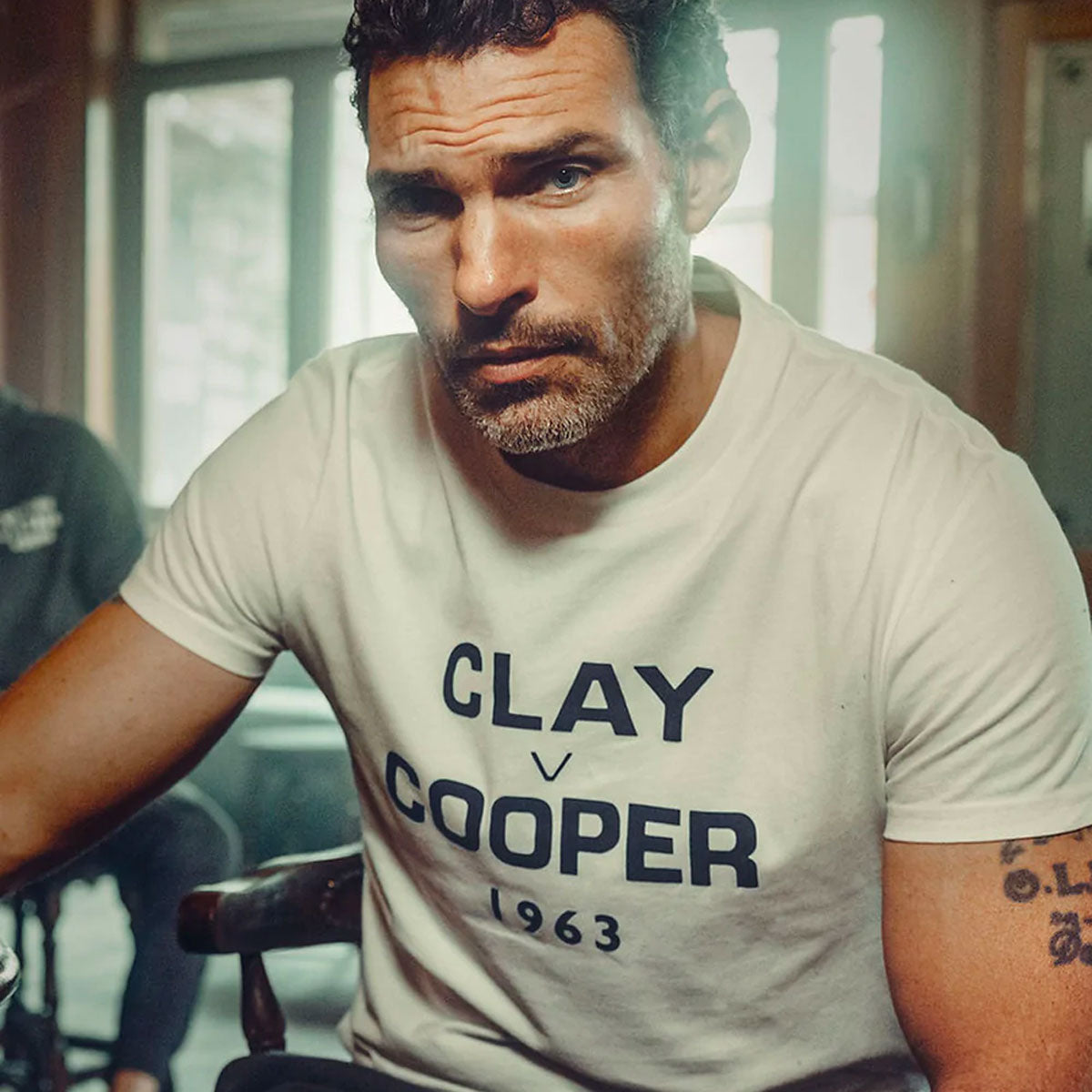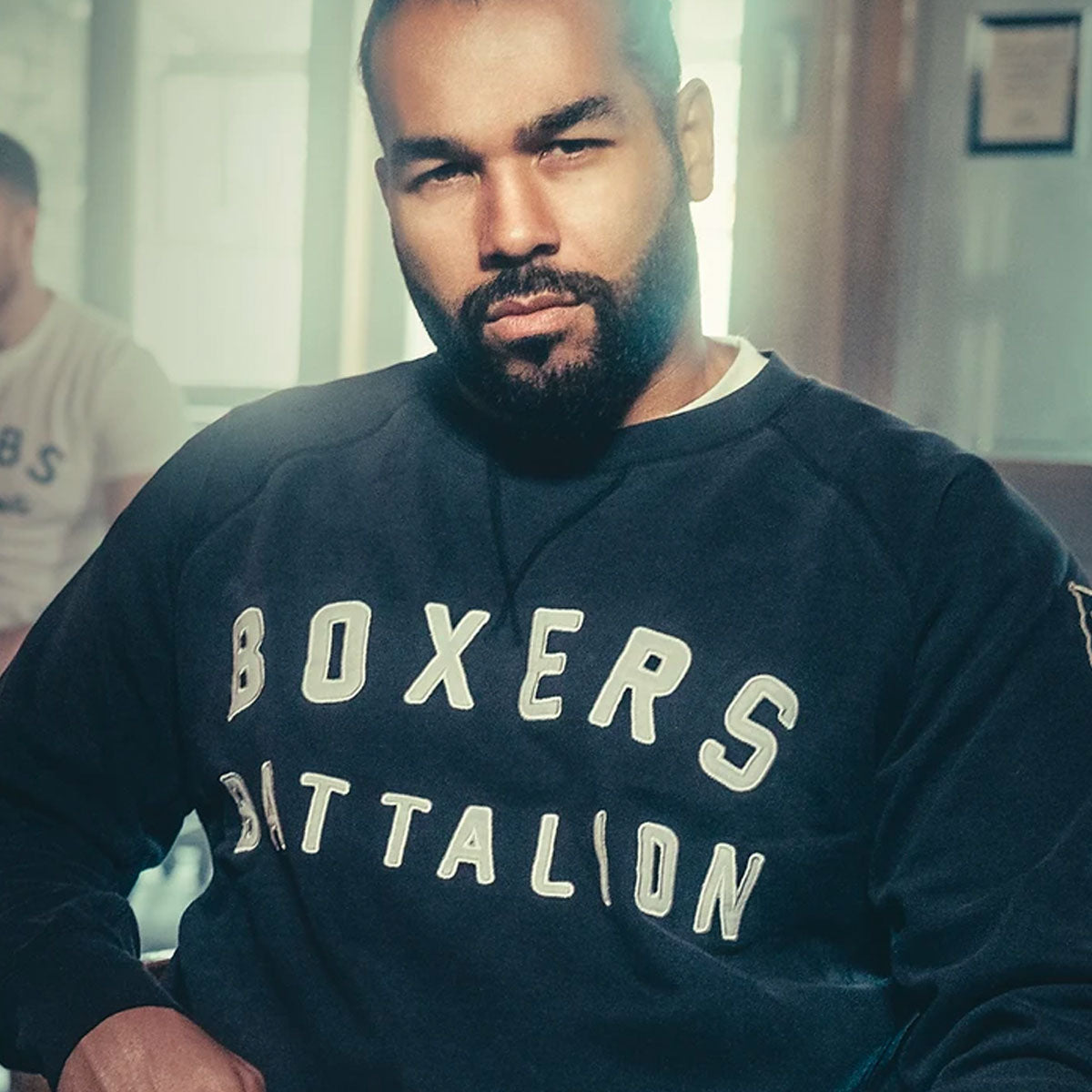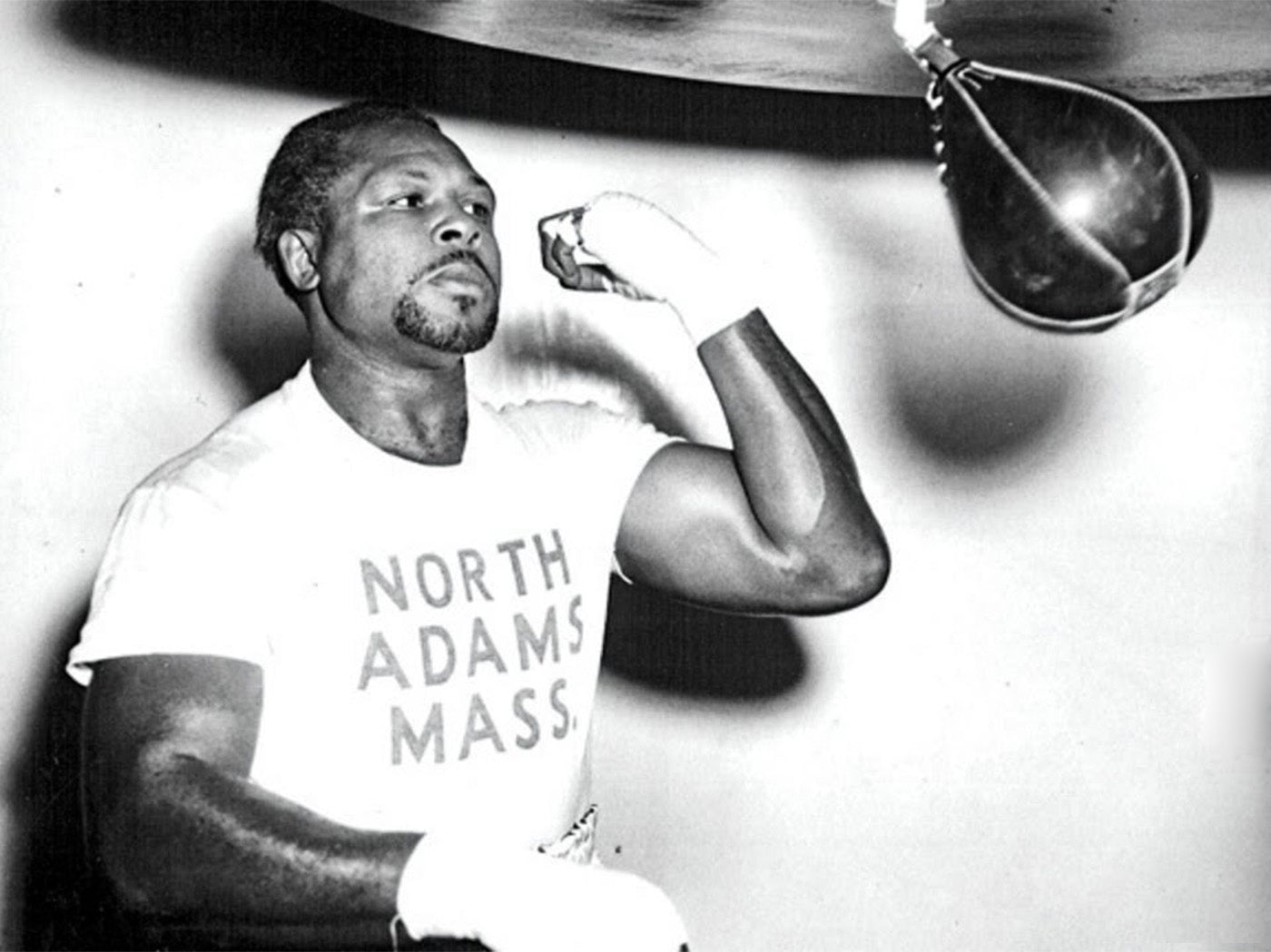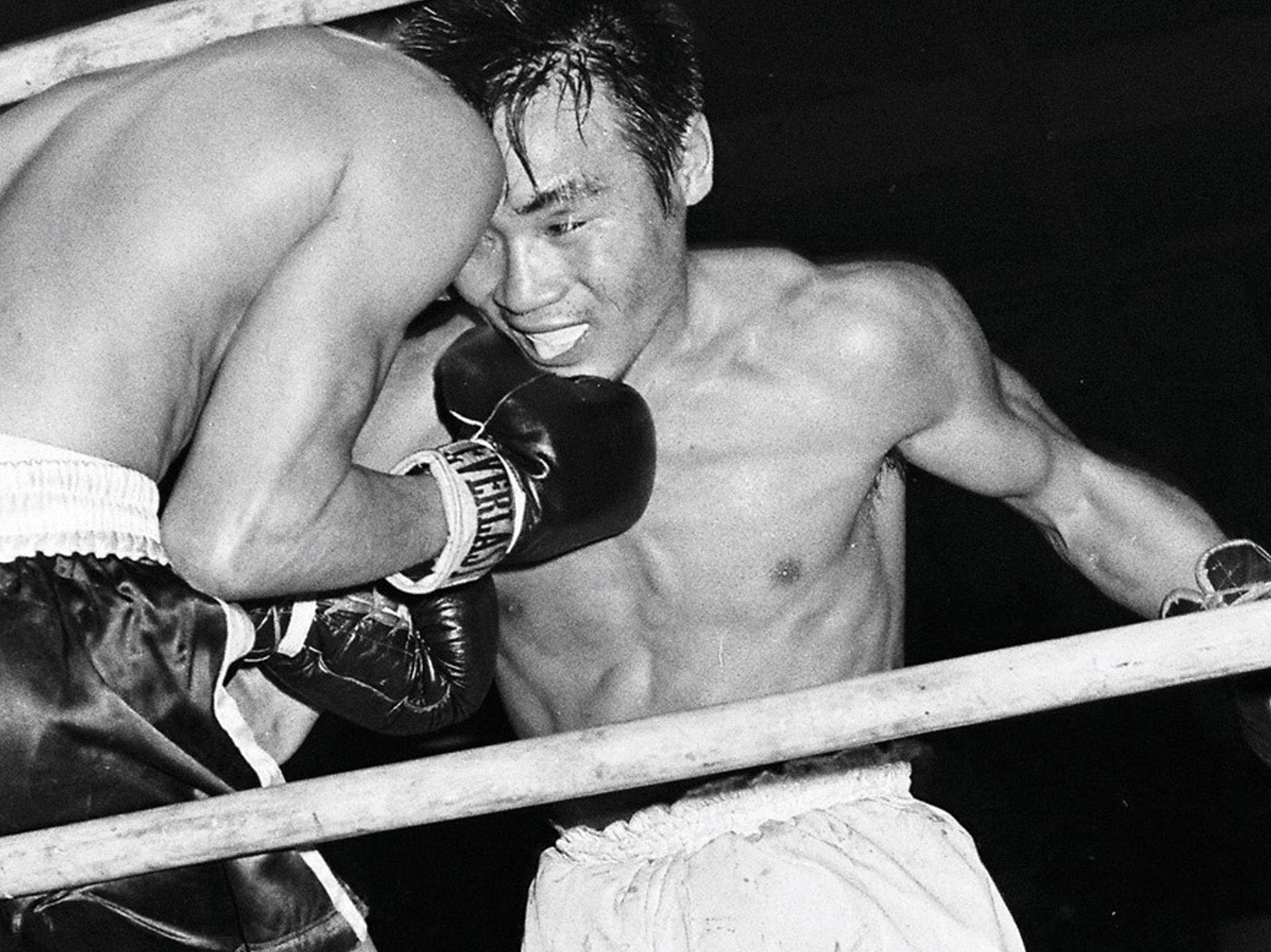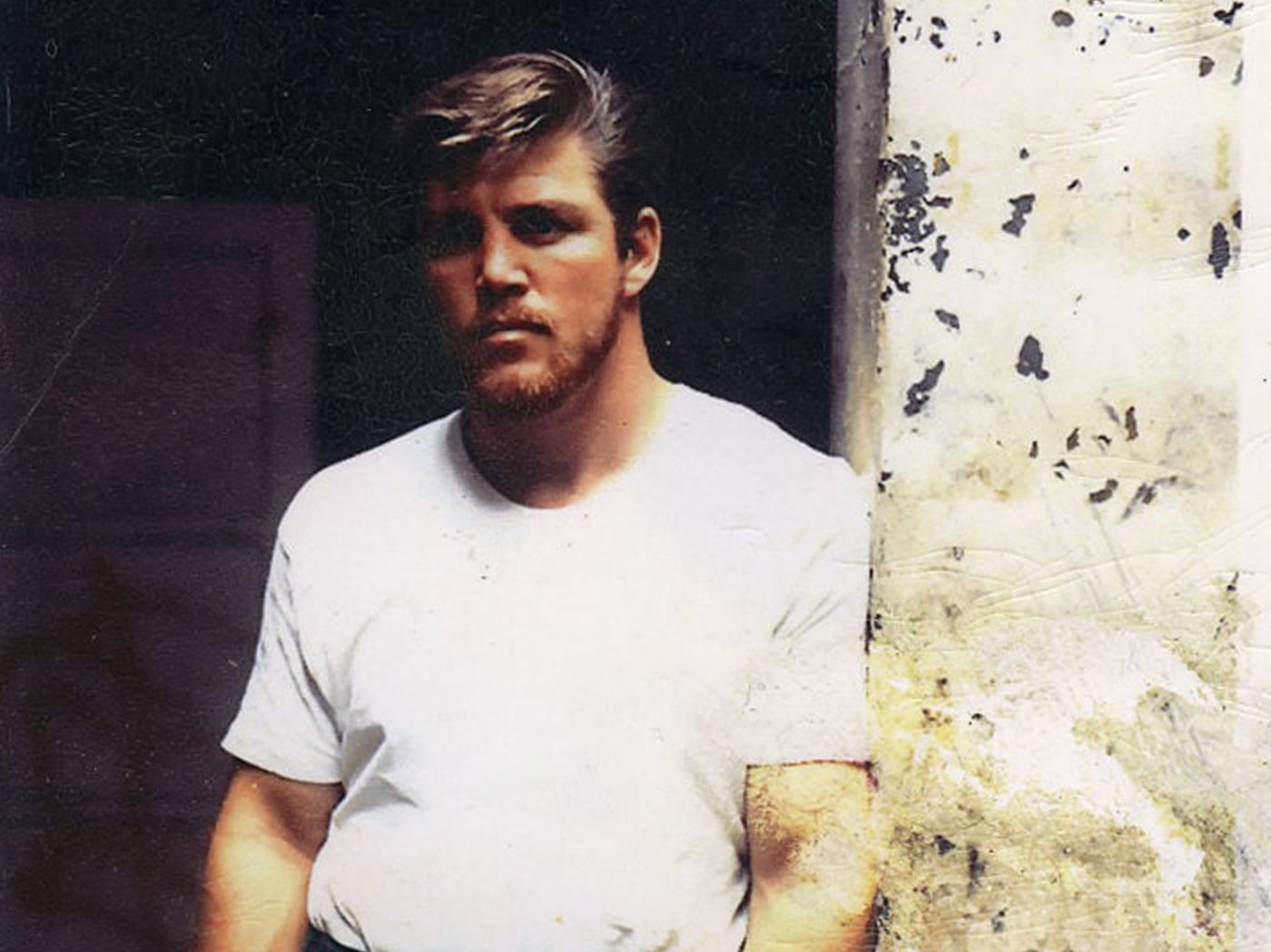‘I'm like the drunk in the bar who wants just one more for the road.’
Archie Moore
Archiebald Lee Wright was born into poverty on 13 December 1913 in Benoit Mississippi and is without a doubt a top 10, if not top five pound for pound best boxer of all time.

Shortly after his birth, his father, Thomas Wright abandoned his family and Archie’s mother in no position to support her children, she handed young Archiebald and his sister Rachel, over to auntie Willie Pearl and uncle Cleveland, who’s surnames were Moore. Unfortunately, uncle Cleveland passed away in Archie’s teenage years and his mentor and discipline were no longer there to guide him. As a result, he fell in with the wrong crowd, took to stealing and was sentenced to three years in a reform school. The move worked a treat as Moore was a model student, was let out after 22 months due to sterling behaviour and was soon to show the world what he was really made of.
In 1933, at the age of 19, Moore joined the Civilian Conservation Corps in Poplar Bluff, working in their forestry division and it was here he made the decision to commit himself to the art of boxing. Despite being a standout fighter and competing in the Golden Gloves, racism thwarted his glory at amateur level and he never gained the plaudits he deserved.
Moore’s official entrance into professional boxing, was by modern day standards late, but in the 1930’s, he was a very late starter at the age of 21. Entering the ring as a welterweight, Moore knocked out Billy Simms in the second round on 3 September 1935 at the Open Air Arena, Poplar Bluff, Missouri. By the end of 1936, Moore’s record stood at five victories and one draw, participating mainly in six round contests, winning three by knockout. He certainly hadn’t burst onto the scene as a boxing sensation.
The following year, Moore stopped dragging his heels and fought a further 17 times, bringing his record up to 20 wins, one debatable points loss and two draws, then in 1938 he won 11 and incurred a points loss against Johnny ‘Bandit’ Romero, which he quickly avenged a couple of months later, knocking out the respected Californian in eight rounds. In fact, with the exception of one fight that year, all his victories came via stoppage, as Moore now campaigned at middleweight.
1939 was a mixed bag for The Mongoose, winning seven, losing twice, once against Shorty Hogue and the other against former world middleweight champion, Teddy Yarosz. In addition he drew once and had a disputed no contest. ‘Moore was down for no count in round one. Coggins went down twice in the third round "from blows which wouldn't have killed a mouse." After that Moore landed numerous light blows and an occasional solid wallop. Following several warnings to the effect that more action and effort were needed, the referee called it "no contest" in round eight.’ (Boxrec). The next year, Moore fought all bar one of his fights in Australia, winning seven of his eight contests by stoppage.
 MOORE POSING WITH MIDDLEWEIGHT CONTENDER CARMEN BARTH - EARLY 40'S
MOORE POSING WITH MIDDLEWEIGHT CONTENDER CARMEN BARTH - EARLY 40'S
Despite kicking off 1941 in explosive fashion with a first round stoppage of Clay Rowan in San Diego, Moore lost on points once again to old foe Shorty Hague two weeks later, then drew to Eddie Booker three weeks after that. However, there was a reason for his lack of form. Moore had been battling multiple stomach ulcers, which resulted in a number of surgeries. Consequently, in February 1941, with a record of 47-5-3, 27-year-old Moore retired without a title to his name. According to the doctors, that should have been it for the future Hall of Famer, but he had other plans.
Moore blazed through six opponents in the first 11 months of 1942, including a sweet tasting second round knockout of Shorty Hague. He did however draw again to Eddie Booker as the pair battled over 12 rounds for the California State Athletic Commission Middleweight title. Thankfully, five months later on 8 May 1943, Moore heavily outpointed Jack Chase at Lane Field, San Diego over 15 rounds to pick up the very same strap he’d missed out on with Eddie Booker.
Despite clocking up two victories in the next couple of months, Moore lost his title to Chase at the Civic Auditorium, San Francisco, via a wide points victory. Three months later the pair locked horns once again, without the title on the line this time, with Moore winning a majority decision over 10 rounds. However, those at ringside debated the validity of such a close call. ‘Moore decked Chase for no-count with a right to the jaw in the second round and won seven of the ten rounds with his heavier hitting. Chase back-pedaled and Moore pursued him through most of the fight. Starting with the fourth round, Chase gave a good account of himself, often beating Archie to the punch. Jack suffered a cut over his right eye in round seven.’ (Boxrec)
Four months into 1944 and things weren’t looking great for Moore. In his first four outings, the Mississippi born fighter suffered his first knockout loss against Eddie Booker at the Legion Stadium, Hollywood and lost a wide points loss against Charlie Burley on 21 April, once again at the Legion Stadium. Associated Press reported, ‘Moore was on the floor in the 1st, 3rd and 4th rounds (a total of four times) and was shaky at the finish, but Burley lacked the finishing touch.’ Moore said, ‘Very few people could make me fight out of my system. Burley was one.’
Undeterred by the Burley loss, Moore won 13 on the bounce, before being knocked out in the sixth round by Jimmy Bivins on 22 August 1945 at the Lakefront Stadium, Cleveland. In the next nine months, Moore won seven fights and lost two by way of points decisions, the latter being against one of the best light heavyweights in history, Ezzard Charles. That night, The Cincinnati Cobra dished out a one-sided beating for every minute of the 10 round contest. Intent on avenging the loss, the pair met against a year later and Charles repeated the same beating.
After a failed attempt to capture the California State Athletic Commission Light Heavyweight title against Oakland Billy Smith on 23 October 1946, followed by two back-to-back contests against Jack Chase, resulting in a draw and a victory for Moore, on 5 May 1947, Moore tried his luck for the third time against Ezzard Charles. Despite a more polished performance, Charles clinched victory once again, but this time by a much closer margin, winning by majority decision. There was only one thing for it – the pair had to meet again!
On 13 January 1948, Ezzard Charles knocked out Moore in the eighth round at the Arena in Cleveland, which left him in a state of limbo. Despite clocking up three victories over the next four months, he was knocked out in the first round by Leonard Morrow at the Auditorium, Oakland, as the pair battled for the California State Athletic Commission Light Heavyweight title. Despite winning a majority decision over Jimmy Bivins four weeks later, Moore lost a further two of his last seven fights of 1948, which begged the question, ‘Was Moore simply a club fighter who struggled with decent opposition?’ At 34 years of age at this point, with a record of 97 victories, 17 losses and seven draws behind him, it was certainly a valid question.
Thick skinned Moore, who initially earned the moniker of ‘The Mongoose,’ was now referred to as ‘The Old Mongoose,’ due to his age. Undeterred by the naysayers, over the next 48 months, Moore racked up 33 victories, lost only twice and drew once, which included three wins over future world light heavyweight champion, Harold Johnson. As the level of opposition improved, the scalps gave more kudos to the man rapidly approaching his fortieth birthday.
On 17 December 1952, nine months shy of entering his fourth decade on this planet, Moore took on the reigning light heavyweight champion of the world, Joey Maxim. The title shot should have come to him years before, if it wasn’t for red-tape racial prejudice, but for now, he was fully focused on the task in hand. The Ohio favourite was fresh off a victory over the legendary Sugar Ray Robinson and was almost nine years younger than Moore. The odds were heavily stacked against The Old Mongoose when he stepped through the ropes at the Arena, St Louis, and nobody expected the upset, which is exactly what happened. After 15 hard fought rounds, Archie Moore won a wide points victory and in his 161st contest had become light heavyweight champion of the world. Despite Maxim receiving a cheque for $100,000 and Moore a pitiful $800, which after expenses left him nothing, he had the world best bargaining chip to bring to the table with the 175lbs strap. Moore was however a grafter and was known to have a number of side-hustles, including selling used aircrafts and he had a restaurant in San Diego called the Chicken Shack, which he would often like to drop into post-fight interviews, asking those in attendance to drop round for a meal and a piece of signed memorabilia.
After six victories on the bounce, including a points win over tough Cuban, Nino Valdes, on 24 June 1953 at Ogden Stadium, Maxim challenged Moore for his old crown. Despite a much closer contest, Moore clinched victory on the scorecards again. Intent on regaining world title status, Maxim fought Moore once again on 27 January 1954 at the Orange Bowl, Miami. Perhaps Maxim assumed that he was edging closer to victory on his last performance against Moore and that the 40-year-old was slowing down, but either way, he had a rude awaking that night in Florida as Moore was unlucky to stop Maxim on route to a 15 round points victory, after knocking him down in the eight and eleventh rounds.
Following two knockout victories against nondescript opposition, Moore took on his old nemesis, Harold Johnson on 11 August 1954 at Madison Square Garden. In their last three encounters, Moore was up 2-1, with all three fights lasting the 10-round distance. This time round, with the light heavyweight crown on the line, both fighters came out came out looking for the stoppage in what turned out to be a barnburner of a contest. Johnson floored Moore in the tenth session and going into the fourteenth, Moore was behind on two of the judges scorecards. However, that soon changed when Johnson hit the canvas in the fourteenth round, which culminated in a stoppage at 56 seconds of the stanza.
 MOORE VS HAROLD JOHNSON 1954
MOORE VS HAROLD JOHNSON 1954
After defeating Nino Valdes once again in a heavyweight contest refereed by Jim Braddock, which saw Moore weighing in at a career heaviest of just under 197lbs, only six weeks later, on 22 June 1955, Moore dropped down to 175lbs and defended his light heavyweight crown against Bobo Olson, knocking the Hawaiian out in the third.
Three months after, on 21 September 1955, Moore stepped into the lions den at Yankee Stadium, New York, to take on the Brockton Blockbuster, Rocky Marciano. Both weighed in at 188lbs and despite being three months shy of his 42nd birthday, Moore hadn’t come to make up the numbers against the reigning world heavyweight champion, who was a full 10 years younger.
In the second round, Moore scored a flash knockdown of Marciano in front of 61,574 attendees, which came as a massive shock to everyone, none more so than The Rock. However, Massachusetts favourite fighting son was in complete control and knocked The Old Mongoose down twice in the sixth round, once in the eight and then concluded the contest in one minute and 19 seconds of the ninth. That was Marciano’s last fight. Without a doubt though, Moore earned huge respect from the boxing community and was still regarded as a big threat at world level. In an interview with the LA Times years later, Moore recalled that second round knockdown. ‘It was a punch delivered from the side. Those punches are not in action anymore because there’s nobody to teach those tricks and traits anymore. I had Rocky right there, I should have been able to finish him off. But it wasn’t to be.’
Over the next 12 months, Moore clocked up 11 victories on the bounce, before attempting once again to become a two-weight world champion. With Marciano off the scene, on 30 November 1956 at the Chicago Stadium, Moore took on The Gentleman of Boxing, Floyd Patterson, for the vacant heavyweight championship of the world. Despite outweighing Patterson by five pounds, the Cus D’Amato trained fighter was simply too much for Moore, stopping him in the fifth round and in doing so became the youngest heavyweight champion of the world at 21 years of age.
Six months later, Moore travelled to Germany clocking up two victories in contests both refereed by the great Max Schmeling, before returning to American soil to defend his light heavyweight crown against Tony Anthony on 20 September 1957, stopping him in the seventh round. For the records, Anthony was 22 years younger.
After the Patterson defeat, Moore only lost one contest in his next 27 outings, which was against future European heavyweight champion, Guilio Rinaldi. However, Moore avenged that loss on U.S. soil eight months later and reversed the script with a healthy points victory and in doing so retained his light heavyweight title. Other notable contests during that run were a draw against Willie Pastrano. In an interview years later, Moore was asked, ‘How were you able to fight to such a late age?’ His response was, ‘I geared my way of living and my boxing style to last.’ During this period he also starred in the film Huckleberry Finn, which came out in 1960 and would go on to star in a further seven films over the next 33 years.
On 15 November 1962, Moore took on arguably the Greatest of All Time, Muhammad Ali. At the time, Ali was only 20 years old, but was already showing he was incredibly special. Less then four weeks away from his 49th birthday, Moore was outclassed in every department from the first bell. Behind on all three scorecards and being hit at will, The Old Mongoose hit the canvas three times in the fourth round and at the same time shook hands with father time.

Intent on finishing with a win, Moore took on wrestler Mike DiBiase in a mismatch contest, stopping him in the third round. Thankfully, with decades of boxing brilliance behind him, Moore was never remembered for that performance. The fight merely drew a line underneath an absolutely sensational career.
Moore went on to train a number of legendary fighters including a brief stint with Muhammad Ali, which didn’t last very long because Moore wanted the young talent to engage in household chores such as cleaning and maintenance and as you can imagine, Ali declined. He went also went on to train George Foreman (ironically, against Ali for the Rumble in the Jungle), Jimmy Ellis, Earnie Shavers, Bob Foster, Eddie Mustapha Muhammed and even trained the Nigerian boxing squad at the 1976 Olympics in Montreal. He also set up a foundation in San Diego called, Any Boy Can, teaching boxing to underprivileged youths of any race, colour or creed throughout the state. His work made such an impact that in the early 1980’s, president Ronald Reagan called upon his services to help those in challenging areas of California.
Moore was inducted into the International Boxing Hall of Fame in 1990, eight years before his passing on 9 December 1998 at the age of 84. He died from heart related issues and was cremated at Cypress View Mausoleum and Crematory in San Diego and was survived by his wife Joan and his eight children. In a 27-year career spanning a staggering 220 fights, which included 186 victories (132 by KO), Moore retired a few months shy of his fiftieth birthday and was the only man to have fought Rocky Marciano and Muhammad Ali. He also held the light heavyweight title for 11 years. We’ll never see these kind of statistics at this level ever repeated again. The Old Mongoose was without a doubt a one off.
Paul Zanon, has had 11 books published, with almost all of them reaching the No1 Bestselling spot in their respective categories on Amazon. He has co-hosted boxing shows on Talk Sport, been a pundit on London Live, Boxnation and has contributed to a number of boxing publications, including, Boxing Monthly, The Ring, Daily Sport, Boxing News, Boxing Social, amongst other publications.

